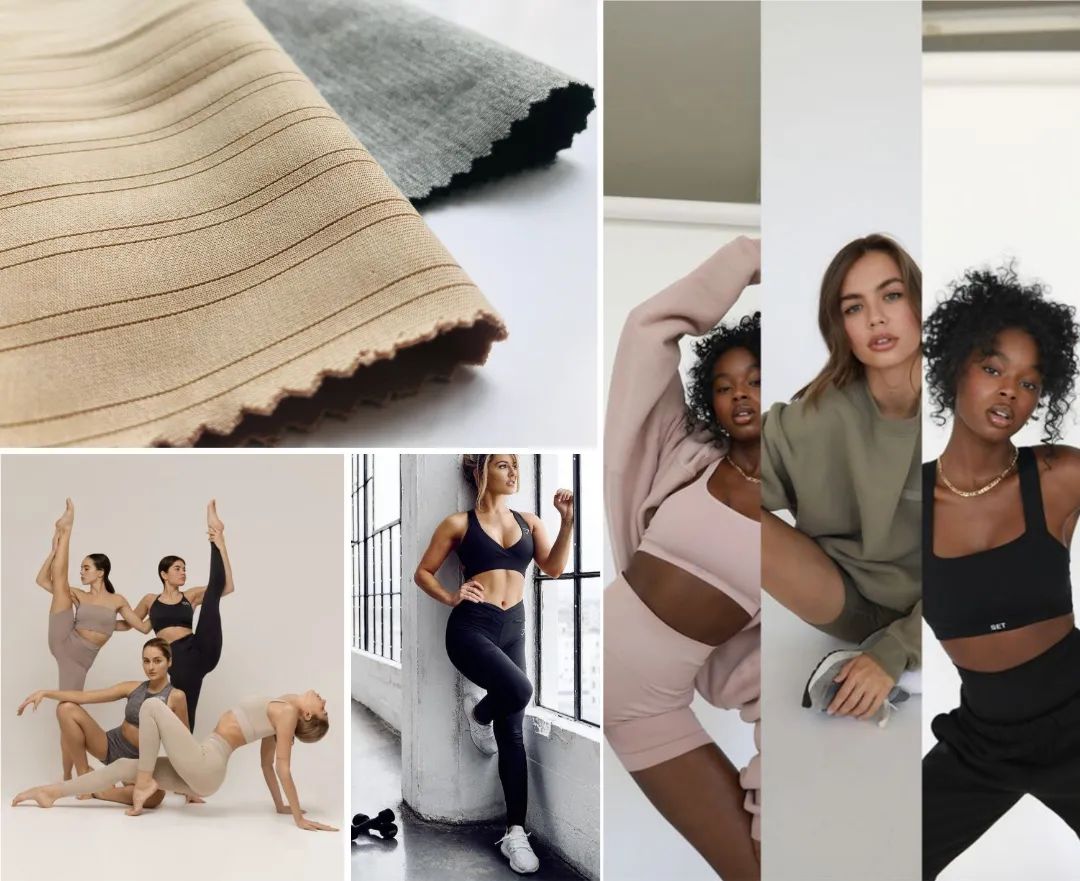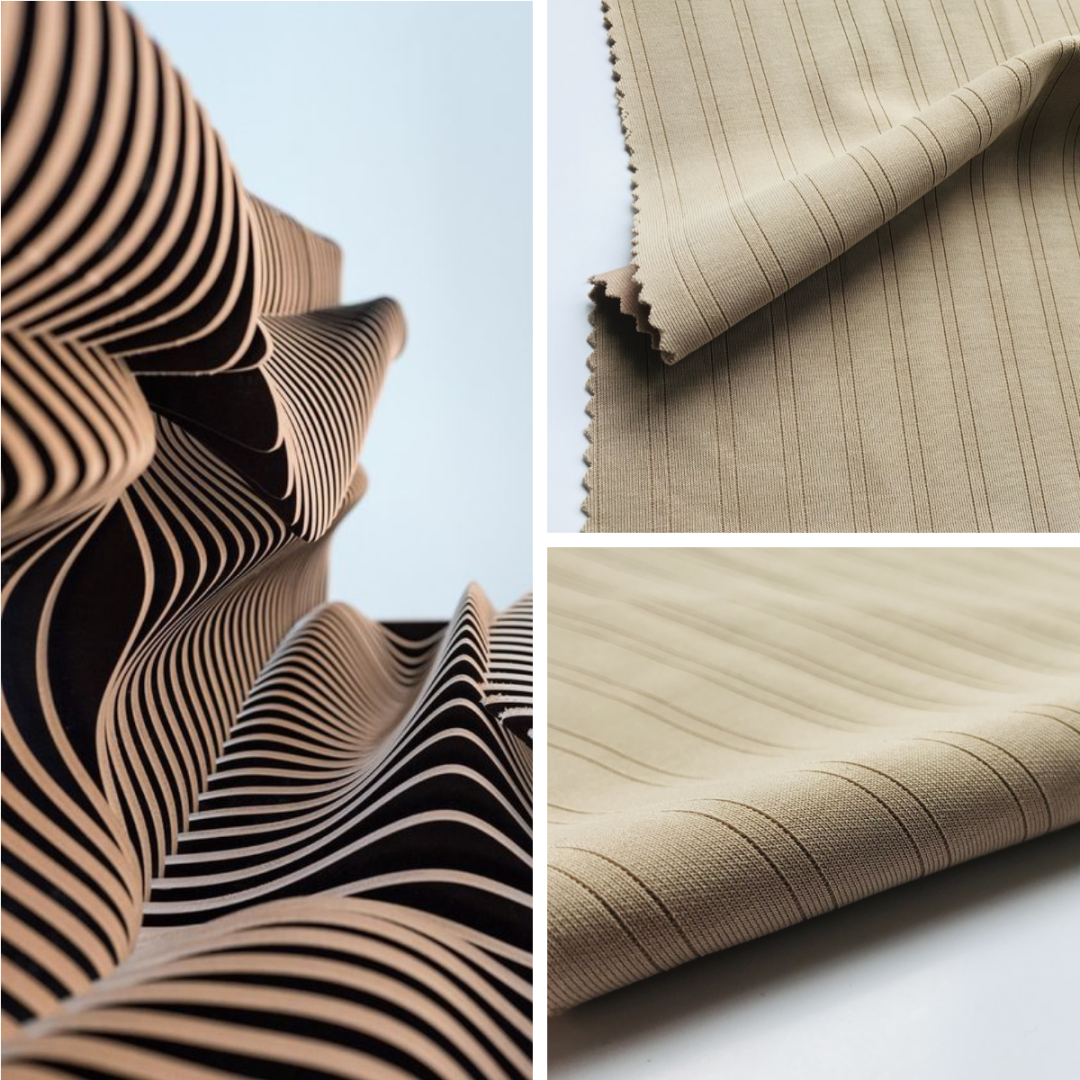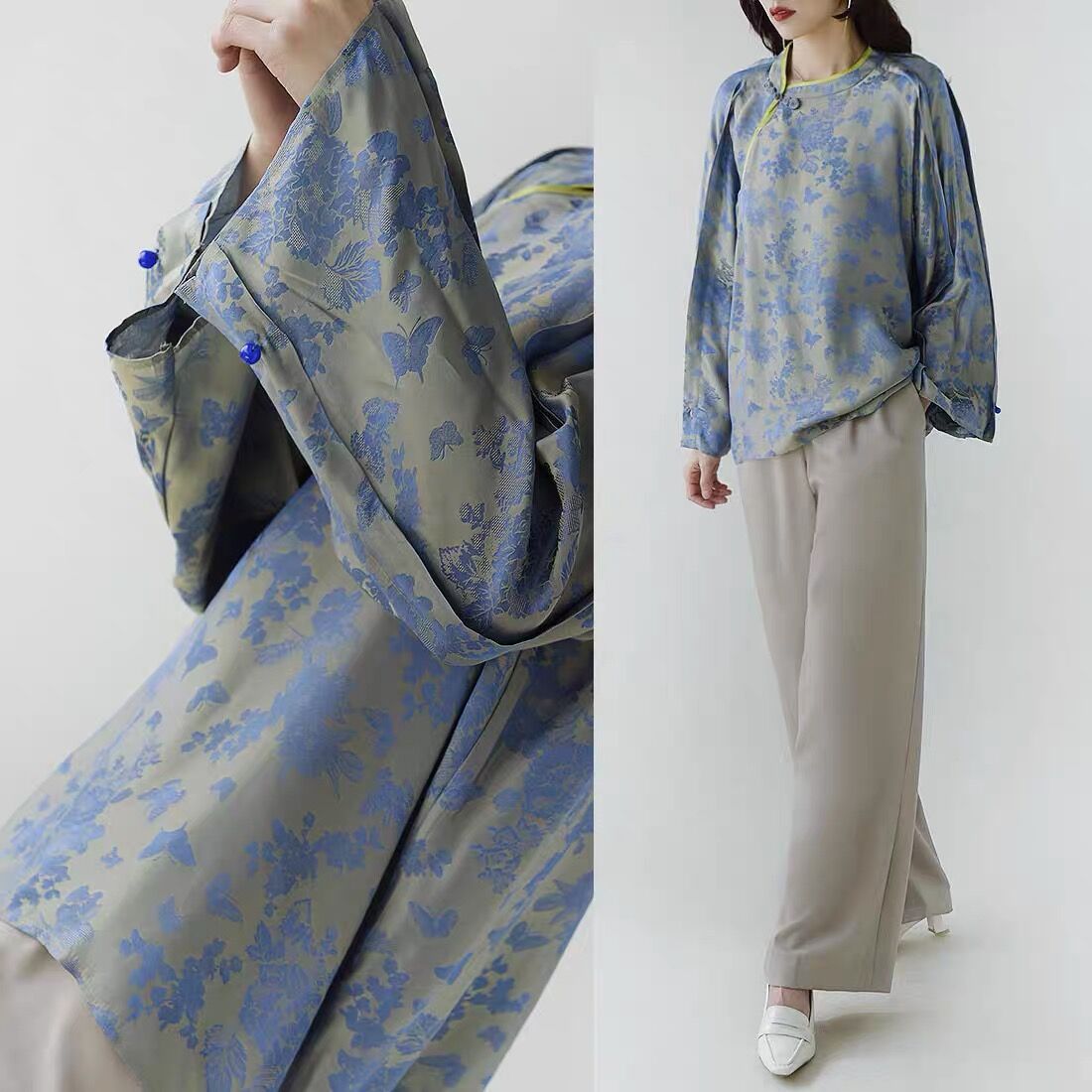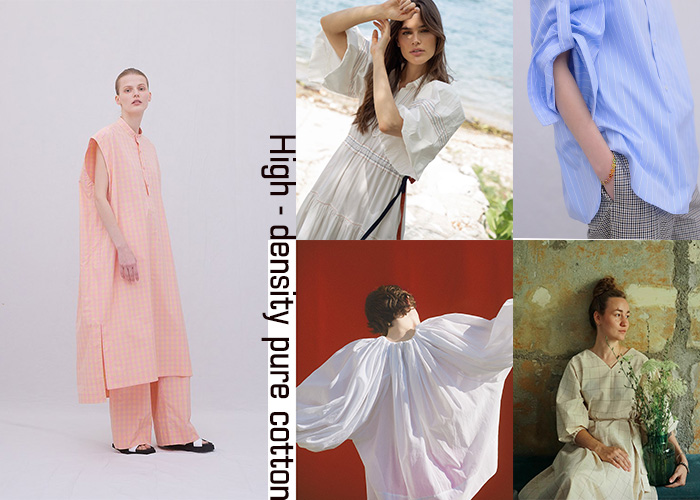Woven fabric or knit fabric
The difference, characteristics, and uses of knitted fabrics and woven fabrics
Knitted fabric is a continuous loop fabric manufactured using a knitting machine, which is made of single or multiple yarns interlaced on a reciprocating knitting machine. Knitted fabrics are more complex to weave than woven fabrics, allowing different textures, colors, and textures to be achieved in the same piece of fabric. Therefore, knitted fabrics have more types and changes, and different styles and materials can be selected according to different needs.

Knitted fabrics have the following characteristics:
1. Soft and comfortable: Because of the way knitted fabrics are woven, it is softer and more elastic than woven fabrics, and is more suitable for garments that require comfort and freedom.
2. Good air permeability: Knitted fabrics can produce relatively open lines, so the air permeability is good, which is especially suitable for the production of summer and sportswear.
3. Good stretchability: the elasticity of knitted fabrics allows them to better adapt to body curves and movement states, and can better achieve a close-fitting design.
The disadvantage is that it is not as strong and wear-resistant as woven fabrics, and it is easy to deform or stretch out of control.
Knitted fabrics can be used in a wide range of applications, from daily casual wear to professional sportswear, from underwear to dresses and knitted trousers. Some special knitted fabrics can also be used in the production of home accessories, gloves, hats, and footwear.

A woven fabric is a fabric made using a shuttle loom by interweaving one or more yarns in different ways both horizontally and vertically. Due to the continuous upgrading and improvement of woven fabrics, a variety of different fabrics can be produced, such as pure cotton, polyester, nylon, silk, and so on.
Woven fabrics have the following characteristics:
1. Strong and durable: Due to the weaving method of woven fabrics, it is stronger than knitted fabrics and has better wear resistance and stretch resistance.
2. Good plasticity: Woven fabrics have good plasticity, and can achieve various textures and appearance effects through different weaving methods and yarn combinations.
3. Rich colors: Woven fabrics can be dyed or printed to produce a variety of different colors and patterns, so they are very suitable for fashion production.
Poor air permeability: Compared with knitted fabrics, woven fabrics are less ventilated and breathable.

Woven fabrics have a wide range of applications, from daily clothing to high-end clothing, from home textiles to industrial materials, etc., and can use woven fabrics. For example, cotton woven fabrics are commonly used in casual clothing such as T-shirts, shirts, and jeans; wool woven fabrics are commonly used in business clothing such as suits and coats; nylon and polyester woven fabrics are commonly used in sportswear and outdoor clothing, etc. wait. In addition, woven fabrics can also be used to make household items such as bedding, curtains, and car interiors.

